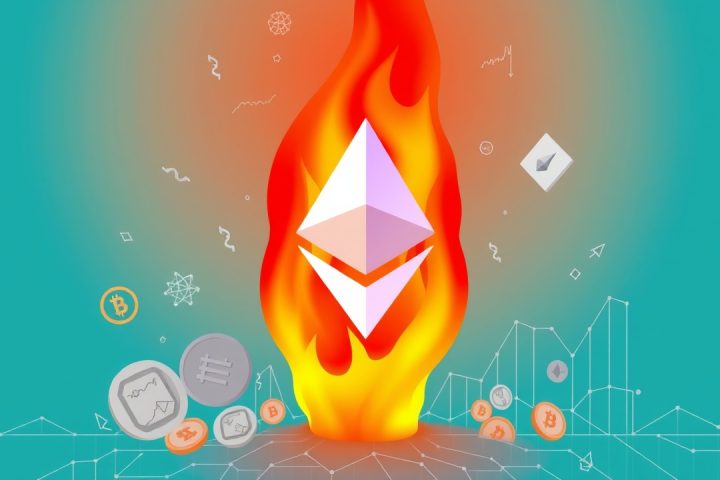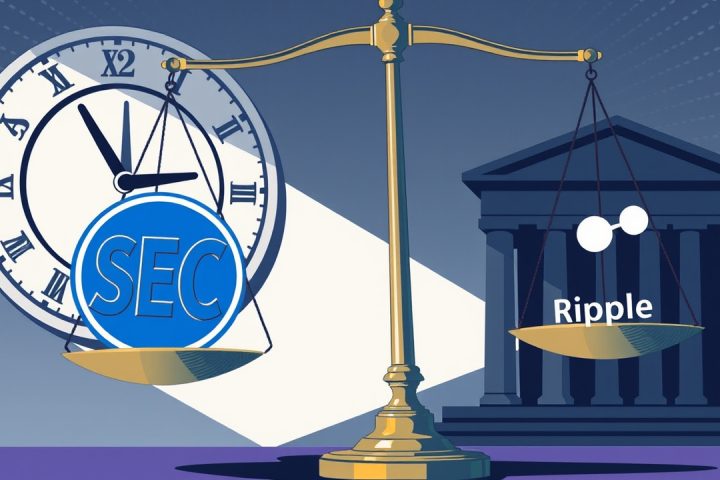Real World Assets in Web3
In recent months, Real World Assets (RWA) have become a focal point in the Web3 landscape, attracting significant attention from various sectors, including legal professionals and investors alike. The heightened interest is largely due to the perceived stability and security offered by RWA when it comes to cryptocurrency issuance.
Recently, legal expert Mankiw hosted a discussion regarding China’s nascent RWA projects, including a comprehensive analysis titled “Mankiw Research | Decoding China’s Mainland Characteristics RWA: Practical Characteristics, Risk Analysis and Optimization Path.”
This conversation also touched upon the emerging landscape of RWA within a divided Web3 ecosystem, highlighting at least three different types of RWA applications.
Ondo Finance: Pioneering RWA in the U.S.
To truly understand RWA’s evolution, one must take into account its pioneering efforts in the United States, with Ondo Finance standing out as a leading player. Recently, the U.S. Securities and Exchange Commission (SEC) engaged in discussions with Ondo about tokenized security compliance—an important step that bolstered Ondo’s credibility in the sector. This article aims to dissect Ondo’s RWA model and its implications for compliance and asset management in the U.S.
Understanding Ondo’s Model
Attorney Mankiw identifies what sets Ondo apart from other projects: it has successfully brought traditional assets, such as U.S. Treasury bonds and money market funds, onto the blockchain, thus integrating them into decentralized finance (DeFi). A notable example is the Ondo US Dollar Yield Token (USDY), underpinned by short-term U.S. Treasury bonds and bank deposits. This structure guarantees daily income support while ensuring transparency and compliance with traditional financial standards concerning custody, audit requirements, and profit distribution. Additionally, USDY employs a bankruptcy isolation mechanism that prioritizes investor claims on reserve assets.
Alongside USDY, Ondo has rolled out the OUSG token, which is similarly pegged to a U.S. short-term Treasury bond fund, following the same foundational principles. In a way, Ondo has effectively migrated conventional financial products into the blockchain sphere, enhancing liquidity while managing return risk.
Liquidity Solutions through Flux Finance
The ability to circulate RWA tokens is crucial for their value enhancement, and this is where Ondo has introduced Flux Finance—a lending protocol specifically designed for RWA. Unlike typical lending platforms such as Compound and Aave, Flux allows users to leverage tokenized government bonds like OUSG as collateral for borrowing stablecoins like USDC.
Despite Treasury bonds being classified as securities, Ondo has navigated potential regulatory challenges by implementing a rigorous licensing system. This ensures that only qualified investors who pass compliance reviews can use tokenized assets for borrowing, thereby adhering to U.S. regulatory standards.
Furthermore, Ondo is extending its reach by developing proprietary infrastructure tailored for RWAs. This includes Ondo Chain, designed to uphold both security and regulatory requirements while fostering the openness of Web3. In collaboration with the anticipated Ondo Global Markets (Ondo GM), slated for 2024, the company aims to create a new financial landscape where RWA tokens circulate freely, incorporating compliance regulations into the distribution process.
Challenges and Compliance Barriers
Mankiw articulates two critical facets concerning Ondo’s role in the U.S. RWA sector. Firstly, while many initiatives are focused on facilitating financing for traditional businesses through token issuance, the true potential of RWA lies in enhancing liquidity and operational efficiency for quality assets. Unlike other vehicles like ABS and REITs, RWA offers a more adaptable framework for asset activation through programmable tokens.
Ondo’s innovative designs are setting benchmarks in the industry, effectively creating a round-the-clock financial market with continuous circulation—breaking the conventional constraints of traditional finance that frequently limit trading to business hours. However, challenges persist. The U.S. regulatory landscape remains a significant hurdle, characterized by a mix of scrutiny and compliance obligations. Although recent shifts in SEC leadership suggest a potential for a friendlier approach to crypto regulations, uncertainties abound.
As a strategy, Mankiw advises stakeholders to take a cautious and gradual approach. He underscores that while the U.S. market boasts a wealth of high-quality assets, vast regulatory barriers exist—from securities laws to market structures. Engaging with regulators, forming legal teams, and proactively addressing compliance requirements is essential for navigating these challenges. Moreover, exploring opportunities in international markets may provide a less restrictive environment for RWA initiatives.
Conclusion
In conclusion, while Ondo has carved out a pioneering path for integrating RWA into U.S. markets, the complexities surrounding compliance and regulation indicate that careful maneuvering will be necessary as this landscape continues to evolve.




